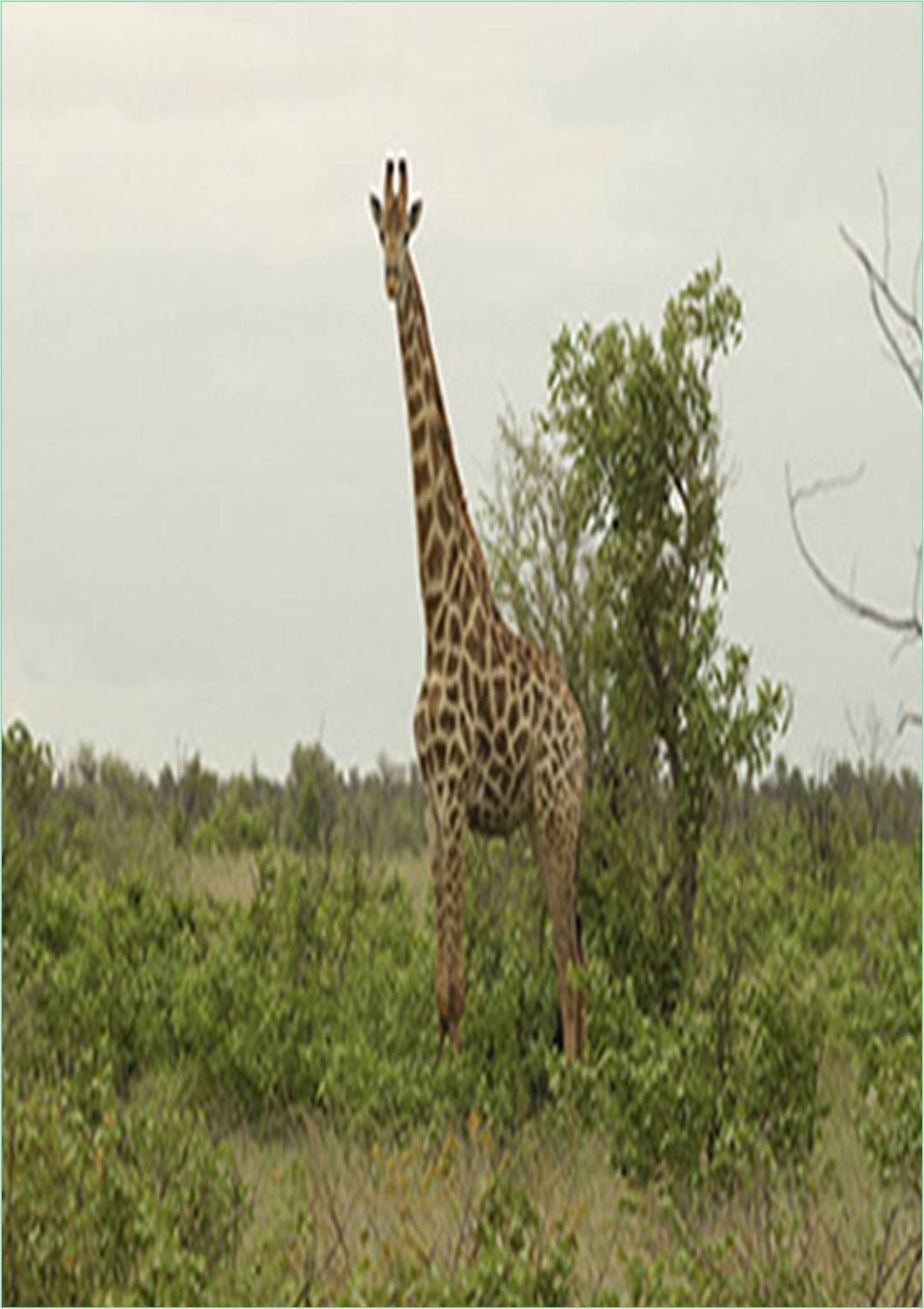



Received: 02-Feb-2022, Manuscript No. GJAEB-22-59886; Editor assigned: 04-Feb-2022, Pre QC No. GJAEB-22-59886(PQ); Reviewed: 18-Feb-2022, QC No. GJAEB-22-59886; Revised: 23-Feb-2022, Manuscript No. GJAEB-22-59886(R); Published: 02-Mar-2022, DOI: 10.15651/GJAEB.22.10.04
Apart from vitamins, forages may include numerous harmful compounds which could adversely have an effect on animal performance and cause illness or even death. These compounds are known as anti-quality elements and consist of tannins, nitrates, alkaloids, cyanoglycosides, estrogens and mycotoxins. The occurrence and severity of these elements depend upon the forage and weed species present, season, environmental conditions and sensitivity of the animal. High-quality forages need to be free from dangerous levels of anti-quality components. Complete feed formulated to provide a particular animal species and class with specific amounts of all nutrients required for maintenance and a given level of overall performance. Botulism is a muscle-paralyzing disease due to botulinum toxin, a potent neurotoxin produced specifically through the bacterium Clostridium botulinum and also by a few strains of Clostridium baratii and Clostridium butyricum. Clostridium botulinum is an anaerobic (can only develop under anaerobic conditions) bacterium that normally grows while the pH of the growing medium is more than 4.6 pH. Botulism can result from the ingestion of the toxin or the growth of Clostridium botulinum on anaerobic food/ feed tissues. Seven forms of botulinum toxin, designated A through G, were identified. Types A, B, E and F cause sickness in humans. Type C is the most common reason of botulism in animals. Type D is once in a while visible in farm animals and dogs and sort B can arise in horses. Types A and E are observed once in a while in mink and birds. Type G rarely cause diseases, even though a few cases were seen in humans.
All forms of botulinum toxin produce the same disease however, the toxin type is crucial if anti-toxin is used for treatment. The toxins come from a lot of sources. Decaying vegetable matter (e.g., grass, hay, grain, spoiled silage) and carcasses can cause botulism in animals. Ruminants may inadvertently be fed hay or silage infected through carcasses of birds or mammals that contain the toxin. Horses generally ingest the toxin in infected forage. Botulinum toxins are large proteins that can be easily denatured. Toxins exposed to sun are inactivated within one to three hours. Botulinum can also be inactivated through 0.1% sodium hypochlorite, 0.1 M NaOH, heating to 80°C for 30 minutes or 100°C for 10 minutes. Chlorine and different disinfectants can destroy the toxins in water. The part of intake protein that has a slow rate of degradability in the rumen is fed, so that it could escape digestion in the rumen, reach the Lower Gastrointestinal (GI) tract essentially intact and be digested at once in the small intestine. This can provide a stability of amino acids unaltered through microbial digestion and synthesis. By- pass protein is also called as non-degradable intake protein, rumen non-degradable protein or escape protein.
Carbohydrates are biochemical compounds composed most effective of the elements carbon, hydrogen and oxygen and are the primary source of energy for animals. Animals get the majority of their required energy from the carbohydrates in feeds. Carbohydrates are polymers made from basic sugar units, such as glucose (the most abundant), fructose, galactose, etc. The most important classes of carbohydrates in plants are known as non- structural and structural. Those that serve as storage and energy reserves and which are available for extra rich in metabolism to supply energy (e.g., sugars, starch, and pectin) are known as non-structural carbohydrates.